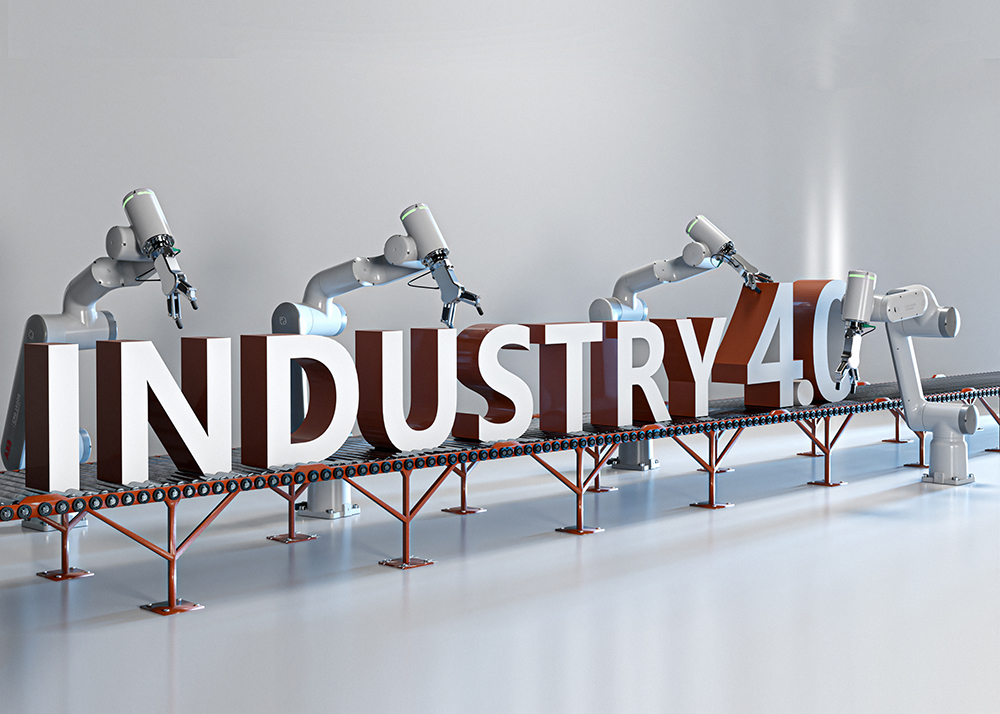The advent of Industry 4.0, characterized by rapid technological advancements and the rise of artificial intelligence (AI), has brought forth both immense possibilities and significant challenges. While this era of innovation promises increased productivity and efficiency, it has also deepened the global wealth gap, leading to heightened income inequality, rising unemployment rates, and a disproportionate distribution of resources. In this article, we delve into the impact of Industry 4.0 on society, exploring how it has shaped the world’s economic landscape, accentuated the disparities between the wealthy and the poor, and sparked a pressing need for inclusive progress.
The Widening Gap:
The rise of Industry 4.0 has amplified the existing disparities in global wealth distribution. Major technology companies have laid off over 300,000 employees worldwide in the past year, with an additional 110,000 job cuts during the current year. Goldman Sachs predicts that approximately 300 million jobs in Europe will be affected by technological advancements, exacerbating the income and wealth concentration gap, especially in developing countries. The integration of robots and AI into various sectors has led to increased profits for affluent investors, while the share of the impoverished population in the wealth distribution has diminished. Consequently, unemployment rates have surged, and a growing number of individuals find themselves without gainful employment.
The Economic Impact:
Artificial intelligence, as a tool mimicking human patterns and behaviors, goes beyond being a mere technological leap. It holds significant economic implications across the entire production chain. Enhanced productivity in the economy translates into higher profits for business owners at the expense of job losses and a substantial reduction in household incomes. As a result, the world is witnessing a surge in economic inequality.
A report by Oxfam International estimates that the new wealth generated during the COVID-19 pandemic and the cost of living crisis amounted to around $42 trillion. Shockingly, the top 1% of billionaires captured 63% of this wealth, accumulating $26 trillion, while the remaining $16 trillion (37%) was shared among the rest of the world. The food and energy sectors experienced a rapid surge in profits, driven by soaring prices influenced by the Russian-Ukrainian conflict. As a consequence, 95 food and energy companies doubled their profits, reaching a staggering $306 billion, of which $257 billion went to wealthy shareholders.
The Ever-Widening Gap:
The top 10 wealthiest individuals in the world increased their combined net worth by 15%, amassing $164.37 billion in just one month. Their collective wealth skyrocketed from $1.03483 trillion in December 2022 to $1.1992 trillion by the end of January the following year. It is evident that the gap between the rich and the poor is growing at an alarming rate.
The World Bank warns that the world is currently witnessing the most significant increase in inequality since World War II, with entire nations on the brink of bankruptcy. The poorest countries spend four times more on debt repayment to wealthy creditors than on healthcare. Over 1.7 billion workers in countries where inflation surpasses wage growth struggle to make ends meet, while more than 820 million people suffer from hunger. To address this escalating crisis, the Executive Director of Oxfam, Gabriela Bucher, emphasizes the strategic necessity of imposing taxes on extreme wealth as a means to mitigate inequality, secure happier and healthier societies.
Challenges and Solutions:
The proposal to tax the ultra-rich faces significant challenges as wealthy individuals have proven adept at tax evasion. Multinational corporations account for the majority of tax losses, with an estimated value of $312 billion, representing 65% of total tax evasion. Additionally, these companies funnel approximately $1.1 trillion, equivalent to 40% of their profits, into tax havens, according to a report by the International Monetary Fund.
Conclusion:
As we embark on the transformative journey of Industry 4.0, it is imperative that we address the profound socioeconomic consequences it brings. By harnessing the power of technology and embracing a vision of inclusive growth, we can bridge the wealth gap, promote equitable progress, and ensure a future where the benefits of technological advancements are shared by all. It is through collective efforts, innovative policies, and a commitment to socioeconomic equality that we can navigate the challenges of Industry 4.0 and build a more prosperous and inclusive world for generations to come.



